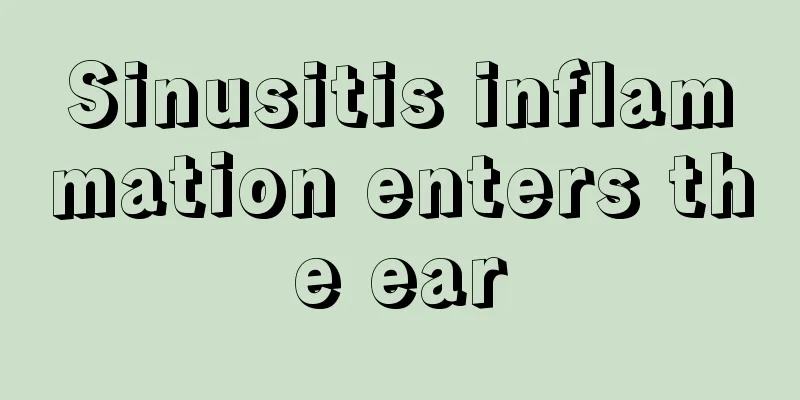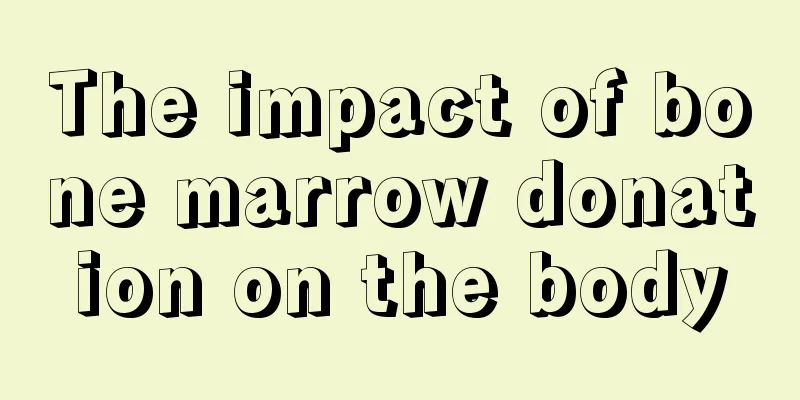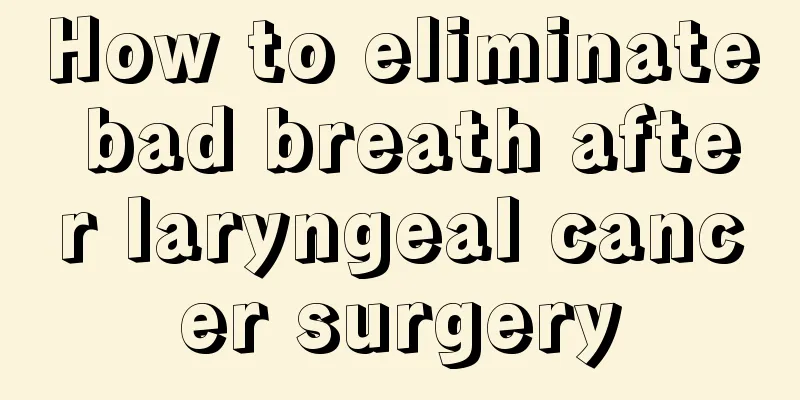Sinusitis inflammation enters the ear

|
Everyone knows that sinusitis is one of the more common chronic diseases in life. Sinusitis has strong adhesion and is difficult to eliminate once it occurs. Therefore, conventional treatment of sinusitis is a very difficult task. In addition, the inflammation of sinusitis will also metastasize and affect the health of other parts. For example, the occurrence of ear inflammation is related to sinusitis. Let’s take a look at how sinusitis inflammation enters the ear? For sinusitis-related nasal mucosal congestion and edema, which leads to secretory otitis media caused by poor patency of the Eustachian tube, it is recommended to use budesonide nasal spray, Biyuanshu oral solution, and oral amoxicillin capsules to promote recovery. Avoid eating spicy foods. Sinusitis can sometimes also affect ear inflammation. It is recommended that you go to the ENT department of a regular hospital for diagnosis and targeted treatment. You should also strengthen your physical exercise, enhance your immunity, and prevent colds. If the symptoms are severe, you can also do sinus irrigation. In severe cases of sinusitis, the pharyngeal opening of the Eustachian tube may be blocked or the Eustachian tube itself may become inflamed and edematous. At this time, ear discomfort symptoms will appear, such as stuffy ears and hearing loss. Therefore, the primary disease must be treated actively. The Eustachian tube of an adult is 3.5 to 4.0 cm long. Its function is to maintain equal air pressure in the tympanic chamber to maintain the balance of pressure inside and outside the eardrum. Therefore, when nasal secretions increase during rhinitis and affect nasal breathing, or when water enters the nasal cavity during swimming, in order to blow out the secretions or water, pinch both nostrils with your hands and blow out hard. This is the easiest way to squeeze the secretions into the middle ear. The correct way to blow your nose is: press only one nostril, gently blow out the secretions in the opposite nose, then switch to pressing the other nostril and gently blow out the secretions in the opposite nose. If the nasal cavity is blocked, do not force yourself to blow your nose, and do not increase the force of blowing your nose without restriction, otherwise the secretions will be blown into the middle ear. If conservative treatment of secretory otitis media is ineffective after the sinusitis inflammation is controlled, it is recommended to perform tympanic membrane puncture and fluid extraction first. If the effusion recurs and two or three punctures are ineffective, consider tympanostomy tube placement. This operation is a minor operation. Fees vary from province to province. |
<<: Are people who fart frequently healthy?
>>: Is pemphigus vulgaris easy to treat if discovered early?
Recommend
What does triglyceride mean
When we talk about triglycerides, many people don...
What should I do if I have a cold and cough at night?
Autumn and winter are coming soon. The temperatur...
A wonderful dietary recipe for postoperative recuperation of brain cancer patients
Brain cancer is a malignant tumor of the nervous ...
Experts suggest 10 things that ruin your sleep
1. Eating dinner too late If you've always ha...
What are the early signs of myocardial infarction
The problem of myocardial infarction cannot be ig...
What to do if freshman students hate studying
School aversion is a common condition among teena...
Can skin cancer be prevented
Skin cancer is a very serious disease with a high...
The correct way to wash your hair with milk
Using milk to wash your hair may seem incredible ...
What causes skin fibroma and what are the symptoms?
Dermatofibroma is usually a skin proliferative le...
Symptoms of lung adhesion
Pulmonary adhesion is a relatively common lung di...
Square face bone reduction
Plastic surgery is becoming more and more popular...
What are the effects of newly renovated houses on the fetus
After a house is newly renovated, it will produce...
Is gallbladder cancer hereditary?
Is it likely that gallbladder cancer is hereditar...
What causes a red and swollen nose?
A red and swollen nose is likely a chronic inflam...
Eating more "carrots" can prevent lung cancer
There are many vegetables in life that can preven...









